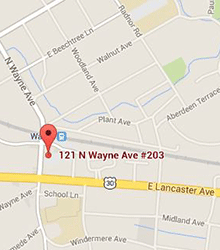Storms come and storms go. And some of what they leave behind can be useful (depending on your needs).
Sure, there’s damage and destruction. But if the structure’s foundation remains you have something to build on.
Tooth loss can be devastating. At least it feels that way on the surface.
Most often you’re concerned with the appearance issues. But there’s a deeper concern than looks.
Dental implants provide you a functional and attractive alternative for your missing or damaged teeth. Structurally, including an artificial root, they’re more practical and look better than dental bridges and dentures.
Implant treatment follows a predictable path depending on your tooth loss circumstances. Your dental implant is placed in your jaw, your jawbone fuses with the implant (forming an artificial, strong tooth root), and over time your bone absorbs the treatment process (known as osseointegration).
The concern? Location of your tooth loss and lapsed time determine how much bone there is to work with for implant placement.
A sufficient amount of bone is needed for placing your dental implant. And you could face another common issue post tooth loss too.
Jawbone atrophy
Dental implants are a substantial option for tooth loss. But they can fail if certain factors are present.
Preliminary treatment can solve many of these factors. Bone loss and bone atrophy are common but treatable.
Available options
Bone grafting is a recommended solution. This oral surgery procedure inserts transplanted bone tissue at the implant location.
Generally, the bone grafts are obtained from areas such as your chin. Occasionally, donor bone tissue from a cadaver or synthetic substance is used.
The location and condition of your implant site will determine the treatment approach. Bone tissue is typically thin in the back upper quadrant of your jaw.
Placing your implant in this section could also require a sinus augmentation. This procedure raises the “floor” of your sinus and bone graft tissue is inserted in the space to create a solid foundation for your dental implant.
If you’ve been a long-term denture wearer we need to determine if a bone graft is necessary. This can potentially increase your treatment time line but will improve the success of your dental implant.
Tooth loss can be devastating. But you can recover and re-build following the proper damage assessment and treatment procedure.

